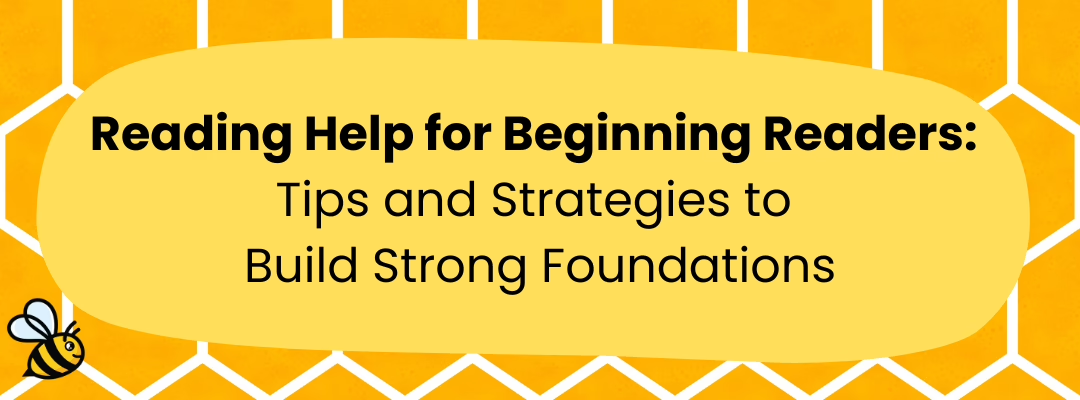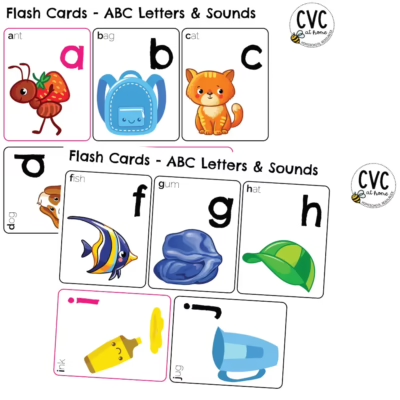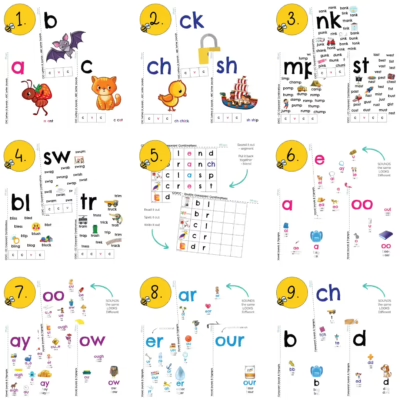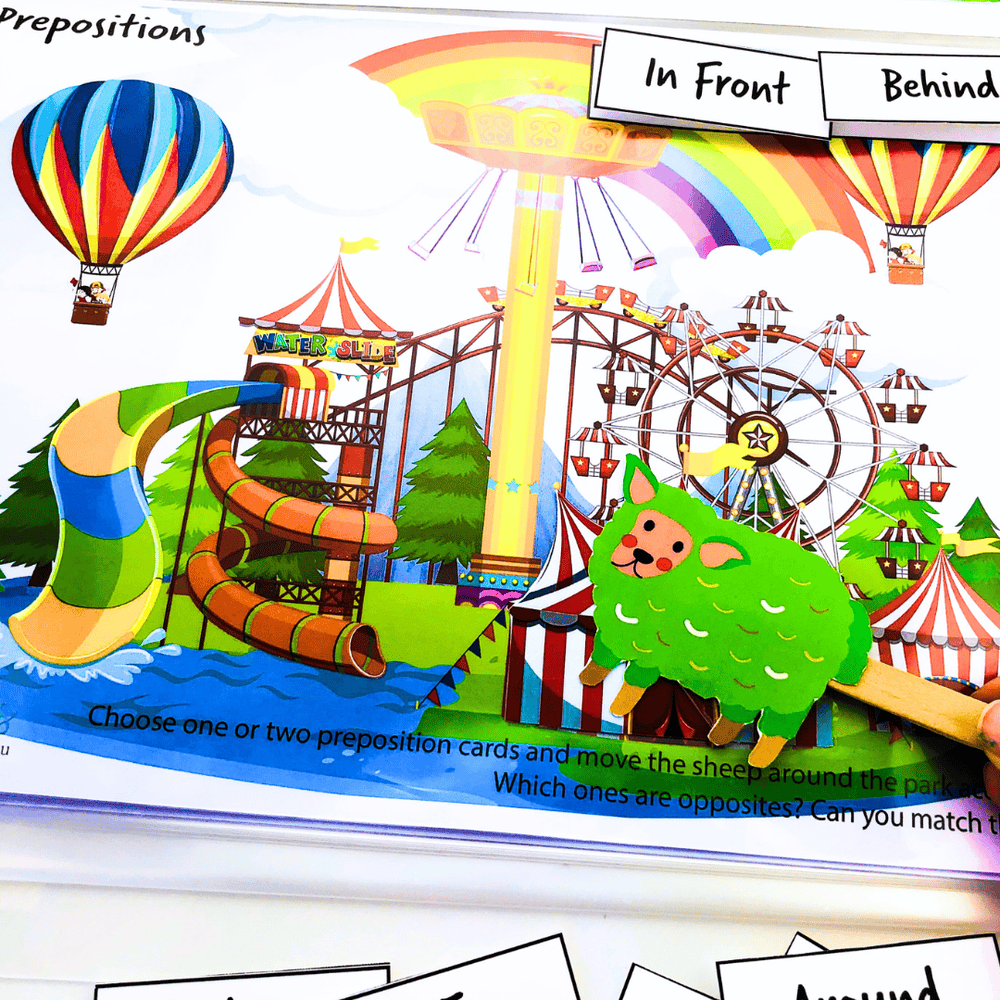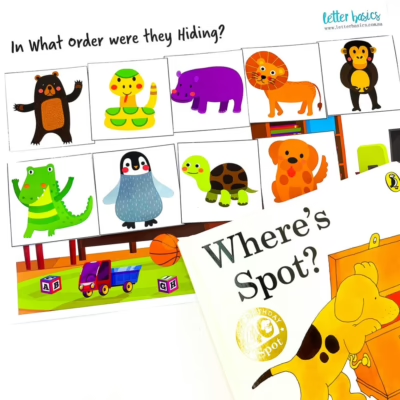Learning to read is one of the most important milestones in a child’s early development.
Strong reading skills open doors to knowledge, imagination, and lifelong learning.
But for many beginning readers, the process can feel challenging and overwhelming.
This article is designed to support parents, teachers, and caregivers by offering practical tips and strategies to help children develop confident and joyful reading habits.
Understanding Beginning Readers
A beginning reader is typically a child who is just starting to recognize letters, sounds, and simple words.
This stage usually happens around ages 4 to 7 but can vary depending on the child.
At this stage, children develop key skills such as letter recognition, phonemic awareness (understanding sounds in words), and basic vocabulary.
It’s important to remember that every child learns at their own pace.
Patience, encouragement, and positive reinforcement are essential as children experiment with reading and sometimes make mistakes.
Creating a Supportive Reading Environment
A child’s reading journey benefits greatly from a welcoming, distraction-free space.
Setting up a cozy reading nook with good lighting, comfortable seating, and easy access to books can make reading time special.
Consistency is also key.
Establishing regular reading routines—whether it’s a bedtime story or a quiet afternoon read—helps children anticipate and look forward to reading sessions.
Choosing books that match a child’s interests and reading level is another important factor.
Books with colorful illustrations, simple sentences, and engaging stories can motivate beginning readers to explore more.
Reading Help for Beginning Readers
Key Reading Strategies for Beginners
- Phonics: Teaching children the relationship between letters and sounds is foundational. Activities that encourage blending sounds together to form words build decoding skills.
- Sight Words: Some words don’t follow regular phonics rules and are best learned by sight (e.g., “the,” “and,” “said”). Flashcards or repeated exposure help children recognize these quickly.
- Using Pictures and Context Clues: Pictures provide clues about the story and can support word recognition. Encouraging children to guess unfamiliar words by looking at images builds comprehension.
- Reading Aloud and Shared Reading: Reading aloud models fluency, pronunciation, and expression. Shared reading, where an adult reads with a child, allows for interaction, questions, and support.
Fun and Interactive Reading Activities
Making reading fun is one of the best ways to engage beginning readers:
- Storytelling and Role-Playing: Acting out stories or creating characters helps children connect with the material and develop language skills.
- Flashcards and Puzzles: These tools help with letter recognition, sight words, and vocabulary in a hands-on way.
Supporting Struggling Readers
Some children may find reading particularly difficult.
Signs that a child might need extra help include frustration with reading tasks, difficulty recognizing letters or sounds, or avoiding reading altogether.
If you notice these signs, gentle encouragement and patience are important.
Breaking tasks into smaller steps and celebrating progress helps build confidence.
If challenges persist, consulting a reading specialist, tutor, or speech therapist can provide targeted support to address specific needs.
Tips for Parents
- Make reading a positive and pressure-free experience. Avoid forcing a child to read if they’re tired or distracted.
- Encourage curiosity by asking open-ended questions about the story, pictures, or new words.
- Celebrate every success, no matter how small. Praise and rewards can motivate children to keep trying.
- Be a reading role model. Children who see adults reading regularly are more likely to develop a love for books themselves.
Reading Help for Beginning Readers
Helping beginning readers is a rewarding journey that requires patience, creativity, and consistent effort.
By creating a supportive environment, using effective strategies, and making reading fun, you can set children on a path to strong literacy skills and a lifelong love of reading.
Remember, every child’s progress is unique—celebrate the small victories and keep nurturing their curiosity.
Recommended products
-
Stage 1 Flashcards: ABC Letter Sounds
Original price was: $5.00.$2.00Current price is: $2.00. -
Stage 1-9 Bundle: CVC Spelling Packs
Original price was: $171.00.$59.00Current price is: $59.00. -
Where is the Green Sheep Play Pack
$3.00 -
Brown Bear What Do You See Play Pack
$3.00 -
Where’s Spot Play Pack
$3.00 -
The Wonky Donkey Play Pack
$3.00

